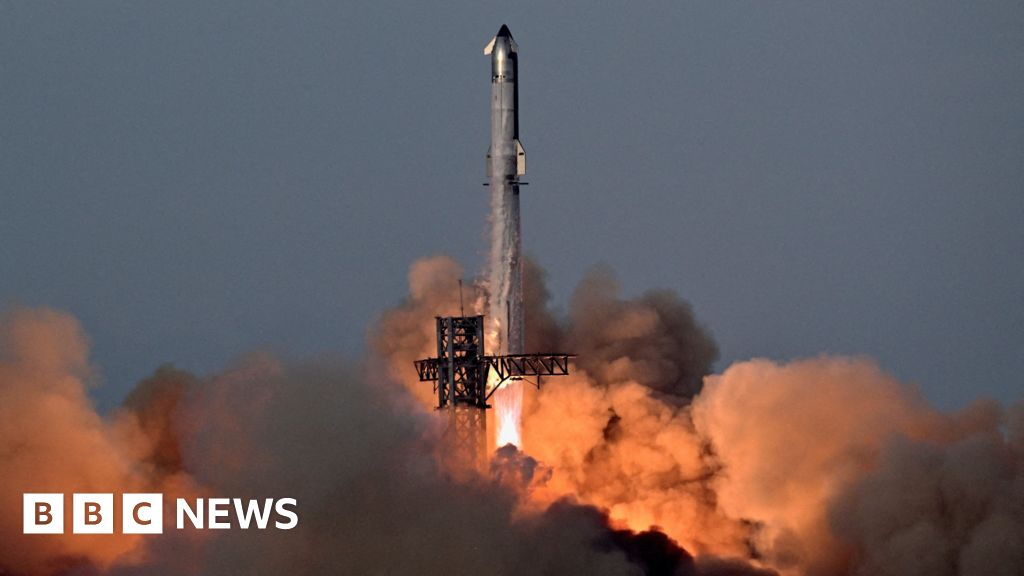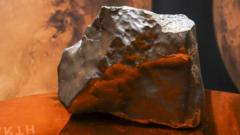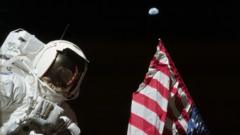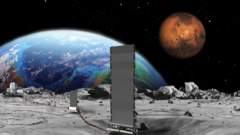The Artemis II mission promises to take humanity on a path towards rediscovery of the Moon, as the crew prepares for an unprecedented exploration that could reveal parts of the lunar landscape never before witnessed by human eyes. Spearheaded by Commander Reid Wiseman, the team is determined to break new ground and answer crucial scientific questions.
Wiseman expressed his excitement at a recent news conference, stating that their spacecraft will fly over vast regions of the Moon, mapping areas unexplored by previous missions, particularly the Apollo expeditions. The increased observational time, nearly three hours, allows for significant scientific study, as astronaut Christina Koch highlighted, emphasizing the power of human observation in scientific inquiry.
This mission is not merely a step back to the Moon; it's a giant leap towards possibilities beyond, potentially paving the way for future Mars exploration. Mission specialists have been training extensively to translate their observations into groundbreaking scientific insights.
The crew of Artemis II embodies diversity and global representation, with the mission named 'Integrity' to symbolize hope and unity amidst a world that often feels divided. Each member draws inspiration from the legacy of Apollo, with a shared goal of rekindling public enthusiasm for space exploration.
The historic context is further emphasized with the inclusion of Christina Koch, set to become the first woman to fly to the Moon, alongside Jeremy Hansen, representing Canada as the first non-American astronaut on this journey. Victor Glover will make history as the first Black person to reach the lunar frontier.
As the world prepares for this historic mission, the crew stands united, echoing staunch messages of collaboration and the spirit of exploration. Their eagerness to embark on this journey — to inspire a new era for humanity — resonates deeply within the narratives of not just space exploration, but of unity as a global community.
With the Artemis II mission set to launch as early as February 2026, anticipation builds for a journey that promises not only scientific advancement but a momentous celebration of human ingenuity.



















